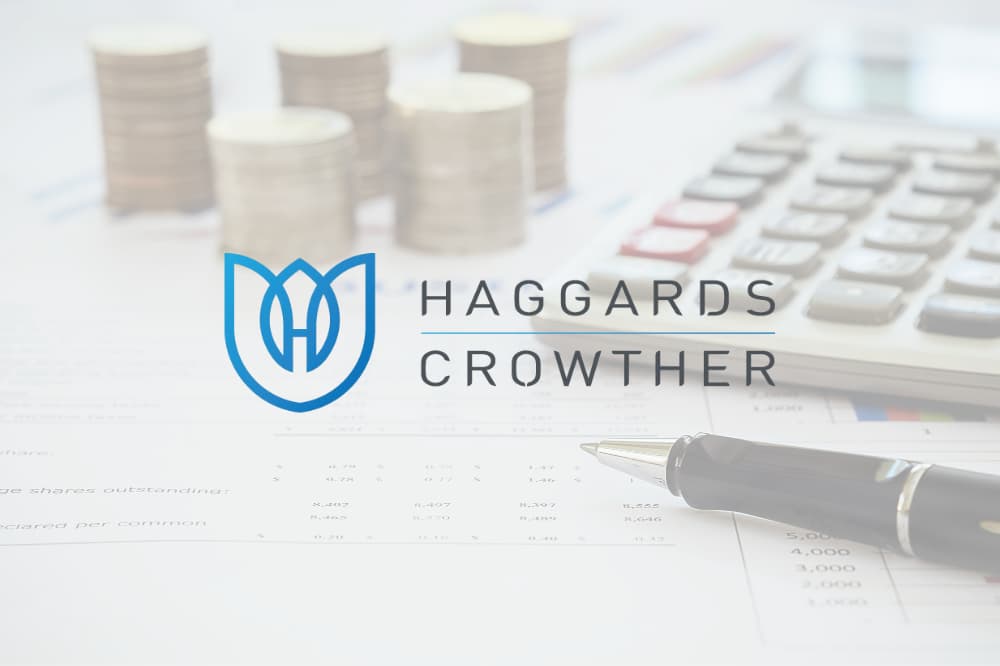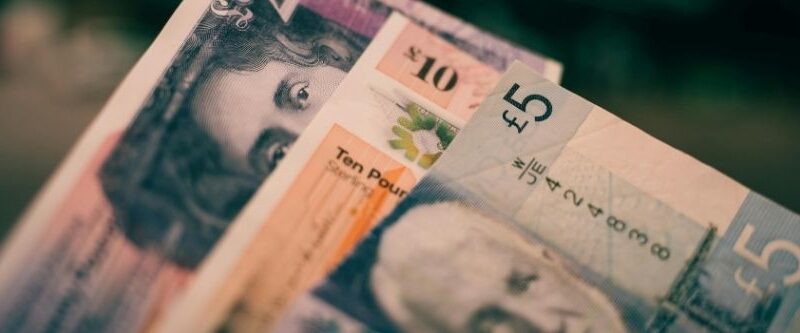
Capital Gains Tax: What It Is, When to Pay It, How to Calculate It
29th September, 2025
Sorting out your taxes can be confusing, but failure to pay the correct amount at the right time can result in hefty fines for you or your business – capital gains tax is no different.
Avoiding these fines is simple; all you need to do is ensure you know exactly what Capital Gains Tax is. Staying up to date on facts, figures, and payment dates means you don’t need to worry about any late or missed payment letters landing on your doorstep.
To make sure you’re able to stay on top of your capital gains tax, we’ll explain what capital gains tax is, the tax-free allowance rate, and how to calculate your total tax fee.
What Is Capital Gains Tax?
Capital Gains Tax is a payment you owe on the sale or trade of an asset or assets, only when you give away that item for a certain amount of profit.
You won’t be liable to pay Capital Gains Tax on all sales. It’s only when the total yearly profit goes over the tax-free allowance that you may need to pay a certain amount of tax on this profit.
Not all items are liable for Capital Gains Tax, so it’s important to be aware of whether the asset you’re selling falls into one of the eligible categories. The most common assets to pay Capital Gains Tax on include:
- Coins and stamps
- Cryptoassets (cryptocurrency, bitcoin)
- Shares in a company
- A house
- Antiques
- Jewellery
- Paintings
You need to stay up to date on Capital Gains Tax, as occasionally the Government will make changes. The best way to do this is to check the UK Government website ahead of any forms being sent off or payments being made.
What Is the Capital Gains Tax Allowance?
The current tax-free allowance is £3,000, according to the UK Government.
For example, if you buy a painting for £1,000, then later sell it for £5,000, you have made a profit of more than £3,000 and will likely need to pay Capital Gains Tax on this figure.
It’s only the combined profit you pay Capital Gains Tax on, not each individual item. Meaning, if you sell a painting, some cryptocurrency, and a house in one tax year, you’ll need to pay Capital Gains Tax on the total combined figure earned when you add up the profit made from each item.
However, the tax-free allowance goes up to £6,000 for items known as chattels. These include items such as:
- Furniture
- Collectables (e.g., stamps, coins, antiques)
- Jewellery
- Classic, collectable, or business-use vehicles (personal use cars not included)
- Electronics
With these, it’s still only the combined figure of all profit amounts added together that you pay Capital Gains Tax. You still don’t need to pay it on the profit of each individual item.
Whilst historically pension funds have not been chargeable to Inheritance Tax, the current government intends to charge these funds to IHT with effect from 6 April 2027. Where a pension fund is left to a spouse it will remain exempt from IHT, however, where it is passed to a non-spouse (or a non-charity), the intention is to charge IHT on the full value of the fund. It’s always best to check with HMRC to see which applies to your specific situation.
When Do I Pay Capital Gains Tax?
You have to pay Capital Gains Tax by 31 January of the following tax year after you sell the eligible items.
What this means is that if you sold your items between April and July of the 2025/26 tax year, you’ll need to pay your Capital Gains Tax no later than 31 January 2027.
You can learn more about when to pay Capital Gains Tax on our blog.
How Is Capital Gains Tax Calculated?
Calculating Capital Gains Tax accurately for you depends on the rate you’re expected to pay.
There are three Capital Gains Tax rates – basic, higher, and additional. The band you fall under will be the same one as your income tax. To calculate the correct figure for your Capital Gains Tax payment, you first need to know which band you’re in.
Once you know your band, use the following steps to calculate the amount of Capital Gains Tax you owe:
- Start by adding up the total amount of profit made on each eligible item sold.
- Next, subtract the £3,000 tax-free allowance from the total figure you just calculated.
- Once you have your final figure, all you need to do is figure out what percentage rate you need to pay based on your tax band and the type of asset or assets sold.
Our Expert Tax Services Make Capital Gains Tax Simple
Capital Gains Tax can be tricky to calculate and stay on top of. Our dedicated tax teams are here to make it simple.
Whether you’re in need of business tax advice or personal tax advice, we can help. Our team calculates your Capital Gains Tax amount, as well as ensures you meet the required filing and payment dates. Plus, we’ll take care of any required paperwork, saving you time.
To get started, simply contact our team, who will be happy to answer any questions you may have. You can reach us at our main office via phone on 020 7384 0920 or send an email to enquiries@haggards.co.uk.

Faizan is a Chartered Accountant (ACA) and Chartered Tax Adviser (CTA) with a background in audit and a specialism in personal tax. He advises private clients on complex areas such as non-domiciled and non-resident taxation, as well as international personal tax matters.




